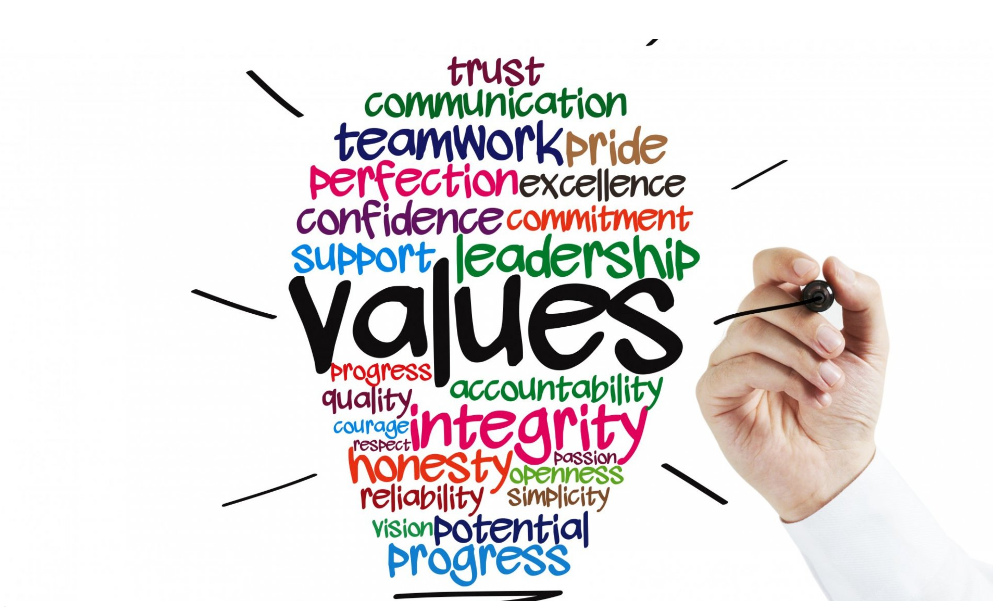There are multiple ways you can manage an organization to make sure that the right decisions get made under most situations. One way is to be rules-based and the other is culture-based. You might also choose an option somewhere in between. Let me explain.
Rules-based organizations are those that try to plan for pre-determined scenarios by creating processes and procedures. A great example of a rules-based organization is McDonalds. Every situation you can think of has been documented and scripted, from how to cook French fries and burgers, to how to clean the bathrooms and repair the HVAC unit. This approach works well in organizations that have a lot of structure and a defined hierarchy where everyone knows their role down to a tee. If a customer makes a complaint, for example, the process begins with an assistant manager and then gets pushed up the ladder to the manager, the district manager and on up the chain as needed.
On the flip side is what you might call a culture-based organization, where it is the cultural values of the organization that drive actions and decisions rather than rules. As an example, consider a missionary organization I volunteer with called Youth With A Mission, YWAM.
It’s a global organization that gives autonomy to each individual mission or base throughout the world. Unlike a McDonalds franchise, which follows the same set of rules as every other franchise, YWAM bases rely on their strong cultural values to make decisions. In fact, every base leader can “send” anyone to open a new base without approval from anyone else, if they believe they meet the values – there is no central approval.
While this might seem like it borders on anarchy to some, it’s actually quite effective because the organization’s values and culture are so powerful that they force everyone to be accountable to them.
I learned this firsthand when I attended a board meeting of a mission that’s based outside the U.S. Part of the agenda of the meeting involved finding a way to replace the mission’s director, who wasn’t always acting in accordance to the organization’s values. His long-term goals were just not compatible with that of his base.
So picture a meeting with me and an eclectic collection of other board members who ranged from an aging English rock star, now in mission in Mexico, who sports an pierced eyebrow to a goofy red-headed American CEO along with a group of life-long missionaries from around the world. One of the first questions someone asked was: “Can we just get rid of this guy?” The simple answer was, no, since there were no rules in place to do such a thing – YWAM doesn’t work that way.
Rather, in a culture-based organization like this, you need to make the time to talk through the organizations values and goals and how people are aligned with them. Eventually, after several painful hours of discussion, the leader of this base made the decision to leave on his own. In the end, we got the outcome we wanted, but it took a lot longer to get there. The tradeoff, though, was that there were no hard feelings or emotional standoffs that can occur when someone simply issues an order to someone else. In this case, we had reached a consensus and a decision that everyone was happy with.
So when it comes to your organization, what kind of system would you prefer? It’s a topic I cover in my book, Great CEOs Are Lazy. Thinking about how to organize the systems and processes in your company involves donning what I call your “engineer’s hat” to find the best fit for your organization.
And that might even be implementing a hybrid solution that combines the best of a rules-based and culture-based system like we see in the U.S. military. The military, as we know, is very hierarchical and rules-based to the point where no one jumps ranks or disobeys orders at the risk of being severely punished. And yet, when it comes time for a unit to enter combat, the military’s system allows for much more creativity and decentralized decision making once shots are fired.
So think about what kind of conditions your organization operates in and what kind of decision-making system would fit best for you and your people. Should it be all about rules or all about culture, or possible somewhere in between?



